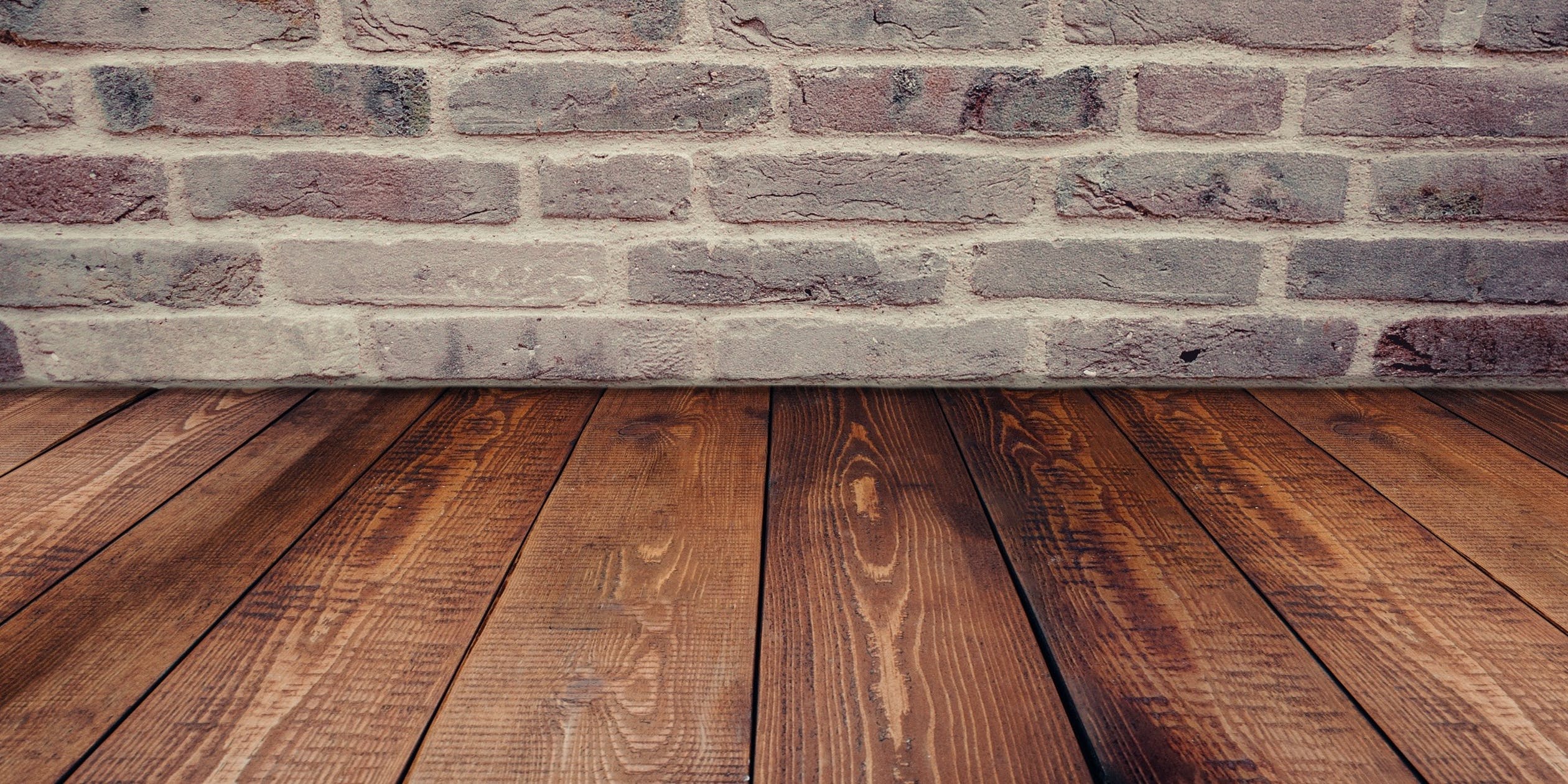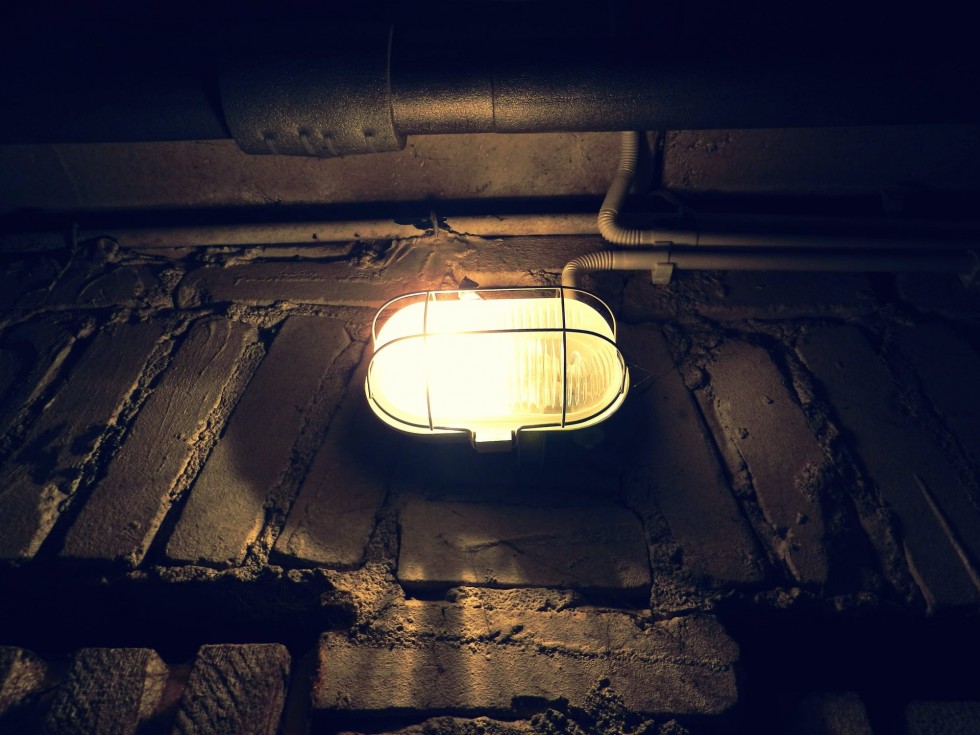Leaking basement walls can be a sign of a need for a complex repair as well as for some simple solution. Most homeowners, however, see such an issue as one of the worst problems that may happen to them. There can be a number of potential reasons for leaking basement walls. The steps below will help you locate the problem, identify its complexity, and then fix whatever possible.
Locate the source of the leaking basement walls
Leaking basement walls do not have to actually drip at some places, you may only see wet spots on them. Your plan of action includes careful investigation of the wall exterior and the area around for any obvious sources.
The most common sources of leaking basement walls
- The all-floor joint (also called a cove joint). This is some empty space between the wall and the flooring which gets pressured with the water when the groundwater level rises. As a rule, such problems occur after heavy raining, in spring, when snow begins to melt, and after heavy storms.
- The wall tops. The same problem with the ground waters may occur at the top of your basement walls if the ground level surrounding your home is above the basement walls. Experts also say that it’s a common issue for a home with a slop towards the home because all the excessive waters from precipitation add pressure on the wall tops and they begin leaking.
- Wall cracks. This is one of the worst reasons for the leaking of the basement walls. As a rule, you’ll notice the issue when it starts raining. If you have unfinished basement walls, it will be easier to spot the leaking. In case of finished walls, you might have to inspect the exterior side of the foundation for cracks running through the whole wall.
- Floor cracks. Floor cracks are easier to spot and they require any repairs only if they are wider than a 1/8 of an inch. Smaller cracks are a usual feature of basement floors.
- Tie rod holes. Tie rod holes are common for old homes where tie rods were used to hold wood planks together. You will simply see holes in a poured concrete flooring. This is one of the easiest problems in terms of fixing because you only need to plug such holes.
- Window well. Insufficient drainage in the property leads to the wells emerging outside of the basement windows. Same goes for inefficient gutters work.
- Honeycombs. If you had a poor quality concrete mix in the basement, be ready to the formation of air pockets on the walls and floors of the basement. Those air pockets are called “honeycombs.” Generally, you’ll only have to seal them up.
- Leaking pipes. If you have leaking pipes, you’ll spot hazardous mold in the corners and wet stains throughout the walls and floors. This is generally the most complex problem that always requires professional assistance for replacement and fixing.
Several tips to fix the basic basement leaks
If you’re 100% sure that your leaking basement walls are not the sign of something bigger, you can fix the minor issues yourself. Here are a couple of tricks on how to do it.
- Gutters and spouts. As you read above, extensive water on your premises is one of the most common reasons for leaking basement walls. Since these are gutters and spouts responsible for taking the water away from your property, they should be taken care of. All you need is ensure that you clean your gutters regularly and that your spouts are of the right length (if no, then just extend them).
- Dehumidifier. Yes, installation of a dehumidifier in the basement won’t fix existing leaks, yet it helps to remove any excess moisture from the basement air. As a result, you avoid mold issues so much common for basement spaces.
- Regrade the soil. Regrading the soil around your home foundation can and will help divert water downhill (both ground and surface) away from the basement. You can regrade the soil yourself with the basic skid steer loader and a garden tiller or consult a landscaper to determine the slope of your yard.
- Replace window wells. If your problem is related to the window wells, then you can simply replace them. In this way, you will keep the water and the soil away from your basement.
- Plug tie rod holes. As mentioned above, tie rod holes are the easiest to fix. All you need to do is plug the holes with a compressed swell plug.
How much repairs of leaking basement walls can cost?
Minor jobs generally cost less than $1,000. For example, gutter cleaning and spout extension will cost you about $150-$330, while tie rod plugging even less than $250. However, if water leaks caused serious destruction in the walls and the house structure, then you may end up paying as much as $10,000 for the comprehensive repairs.

Leaking basement walls may cause lots of headache and financial investments if spotted too late. Ensure to check your basement every spring after the snow melts and after heavy rainfalls. Such simple inspections will prevent major leaking issues and save your family budget for more pleasant time-spending activities.





